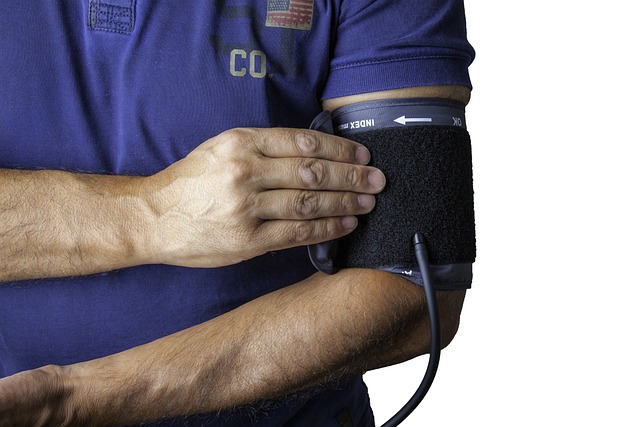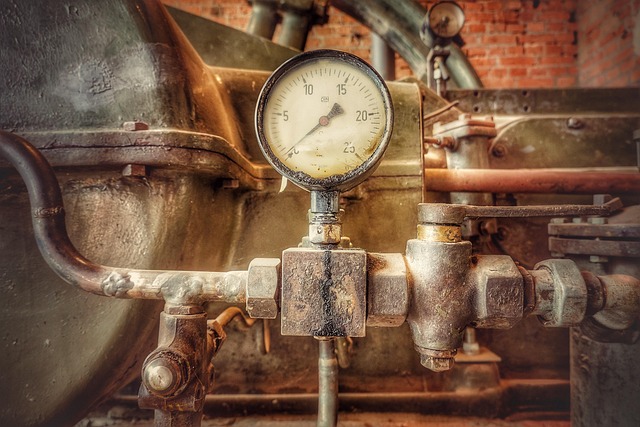Low water pressure can be addressed by identifying the source of blockage, whether it's a showerhead, faucet, pipe, or main line issue. Recognizing symptoms like weak flow and slow filling is key. Common causes include mineral buildup, leaks, old pipes, and multiple running appliances. Understanding the issue guides whether maintenance or repairs are needed to restore strong water pressure. Refer to our guide "How to Increase Water Pressure" for effective solutions.
Struggling with low water pressure? Don’t despair! This comprehensive guide will help you pinpoint and resolve the root cause, from common issues like air in the system or outdated filters to more complex problems. We’ll walk you through DIY solutions that can quickly boost your pressure, as well as advanced techniques for sustained high pressure. Learn how to increase water pressure effectively and enjoy a steady flow again.
- Identify the Root Cause of Low Pressure
- – Symptoms of low water pressure
- – Common issues leading to reduced pressure
Identify the Root Cause of Low Pressure

Low water pressure can be frustrating, but understanding the root cause is the first step to fixing it. Start by checking your showerhead or faucet for any visible obstructions like mineral buildup, which can restrict water flow. If everything appears clear, move on to examining your pipes. Leaks, corrosion, or narrow pipes can all contribute to reduced pressure.
Next, consider the source of your water supply. Check with your local utility company if you suspect main line issues or low water pressure in your entire neighborhood. Understanding where the problem lies will help guide how to increase water pressure, whether that’s through simple cleaning and maintenance or more complex repairs.
– Symptoms of low water pressure

Low water pressure can be frustrating and inconvenient, but recognizing the symptoms is the first step to fixing the issue. Some common signs include a weak or inconsistent flow when you turn on the tap, taking longer than usual to fill up a sink or shower, and low water levels in toilets and sinks. You might also notice that your plumbing sounds different, with unusual gurgling or banging noises indicating blockages or air in the lines. These issues can arise from various causes, such as mineral buildup, clogged pipes, faulty valves, or outdated plumbing systems. Fortunately, there are several effective ways to increase water pressure and restore a strong flow throughout your home.
– Common issues leading to reduced pressure

Low water pressure can be a frustrating issue, but it’s often easily fixable. Several common problems cause reduced water pressure in your home or office. One of the most frequent culprits is a buildup of mineral deposits inside pipes, which can narrow them over time, restricting water flow. Another common issue is leaks in the plumbing system; even small leaks can significantly decrease overall pressure. Old or corroded pipes might also be to blame, as they can become weakened and restrict water movement. Furthermore, if multiple appliances are running simultaneously, it can temporarily lower the water pressure available to each. Understanding these issues is the first step in learning how to increase water pressure effectively.
Low water pressure can be a frustrating issue, but identifying and addressing the root cause is key to restoring proper flow. By understanding the symptoms and common issues, you can effectively implement solutions like repairing leaks, replacing worn-out pipes, or installing a high-pressure pump. Following these steps will help you increase water pressure and ensure a consistent, strong flow in your home.
